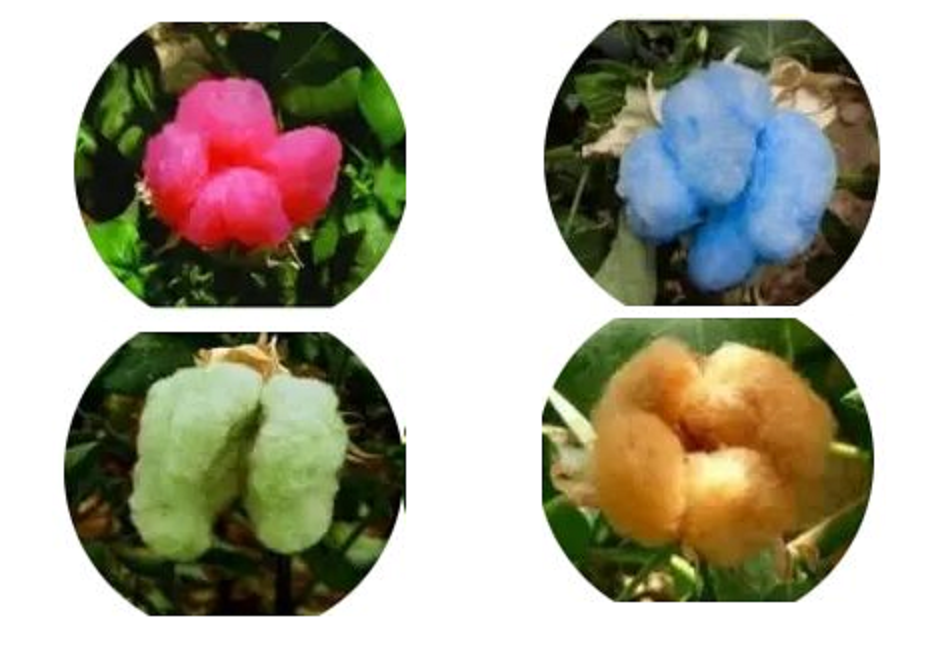Textile traceability
The textile industry is one of the largest global contributors to pollution, waste, and resource depletion. From water-intensive cotton farming to toxic dyeing processes and high CO₂ emissions, the environmental footprint of fashion is staggering. The image highlights a bold idea: What if textiles had impact labels like food nutrition facts?
This concept isn’t just a thought experiment—it’s the future of responsible fashion. Traceability is the key to making this vision a reality. By tracking and disclosing the origins, production methods, and environmental impact of textiles, industry leaders and policymakers can drive greater transparency, accountability, and sustainability.
🔍 What is Traceability in Textiles?
Traceability refers to the ability to track and verify the journey of a textile product—from raw material sourcing to manufacturing, distribution, and end-of-life disposal. It allows brands, regulators, and consumers to understand:
✅ Where materials come from (e.g., organic cotton, recycled polyester)
✅ How products are made (e.g., water and energy usage, chemicals applied)
✅ Who is involved in the supply chain (e.g., fair labor practices, ethical sourcing)
✅ Environmental and social impact (e.g., carbon footprint, waste generated)
With blockchain, digital tagging (RFID), and AI-powered supply chain mapping, traceability is now more achievable than ever.
🌍 Why Traceability is Essential for the Textile Industry
1️⃣ Sustainability & Resource Efficiency
Textiles consume vast amounts of water, chemicals, and energy. For example, producing just one pair of jeans may use upto:
🚰 3,700 liters of water
⚡ 1.5 kWh of energy
☣️ Toxic dyes and chemicals
With traceability, brands can track their water consumption, emissions, and chemical use, identifying ways to reduce waste and optimize resources.
💡 Case Study: Brands like Stella McCartney and Patagonia use digital tracking to monitor their supply chains, ensuring lower environmental impact.
2️⃣ Regulatory Compliance & Ethical Sourcing
Global governments are tightening regulations around textile production:
- California Fashion Accountability Act (2025) mandates supply chain transparency and emissions reporting.
- EU Green Deal requires fashion brands to track and disclose product sustainability metrics.
Traceability helps companies comply with these laws, avoid fines, and maintain consumer trust.
💡 Action for Policymakers:
- Mandate traceability labeling for fashion products (like food nutrition facts).
- Enforce supply chain disclosures for textile brands.
3️⃣ Consumer Demand for Transparency
Modern consumers are demanding sustainability. According to McKinsey, 67% of fashion shoppers consider sustainability in purchasing decisions.
By offering traceable product data, brands can:
✅ Build consumer trust
✅ Provide verified eco-claims (e.g., carbon-neutral, ethical labor)
✅ Prevent greenwashing
💡 Example: H&M’s Conscious Collection uses QR codes to show consumers where garments were made and their environmental impact.
4️⃣ Combatting Counterfeits & Supply Chain Fraud
The global counterfeit textile industry is worth $450 billion, harming both brands and consumers. Traceability solutions like blockchain and digital passports help:
🔹 Authenticate organic, fair-trade, or recycled materials
🔹 Reduce fraud in certifications (e.g., GOTS, OEKO-TEX)
🔹 Prevent illegal subcontracting and unethical labor
💡 Tech Solutions: IBM Blockchain and TextileGenesis are revolutionizing textile traceability through tamper-proof tracking systems.
🚀 The Path Forward: How Industry Leaders & Policymakers Can Drive Traceability
🔹 For Brands & Manufacturers:
✅ Invest in blockchain, digital tags, and AI-driven supply chain mapping.
✅ Partner with sustainable suppliers committed to traceable sourcing.
✅ Provide QR-code-based sustainability labels on all textile products.
🔹 For Policymakers:
✅ Enforce traceability laws similar to California’s Accountability Act.
✅ Require full disclosure of emissions, water use, and waste.
✅ Establish global textile tracking standards to unify sustainability efforts.
🏆 Conclusion: A Transparent, Sustainable Textile Future
Traceability is not just a trend—it’s the foundation of the future textile industry. By ensuring supply chain visibility, regulatory compliance, and consumer trust, traceability will drive the next era of responsible, circular fashion.
The question is: Will your company lead the change, or be left behind?
📢 What are your thoughts on textile traceability? Let’s discuss in the comments!
#Traceability #SustainableFashion #SupplyChainTransparency #TextileIndustry #CircularEconomy 🚀



